IFlooDS Logo
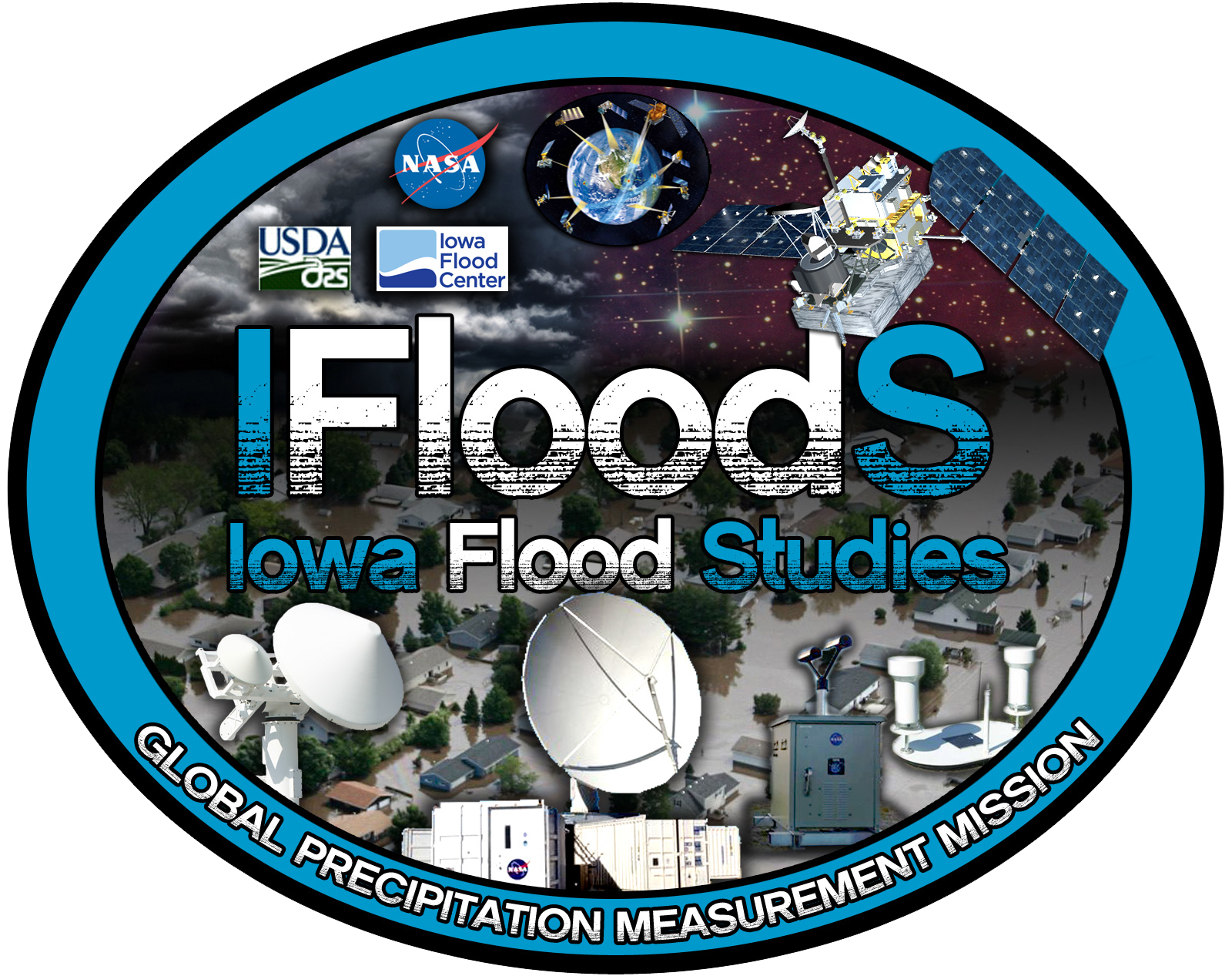
Download File (Right Click -> "Save As")
Logo for the 2013 IFloodS field campaign.
Mission Affiliation
PMM Resource Type
Content related to ground validation activities and field campaigns.
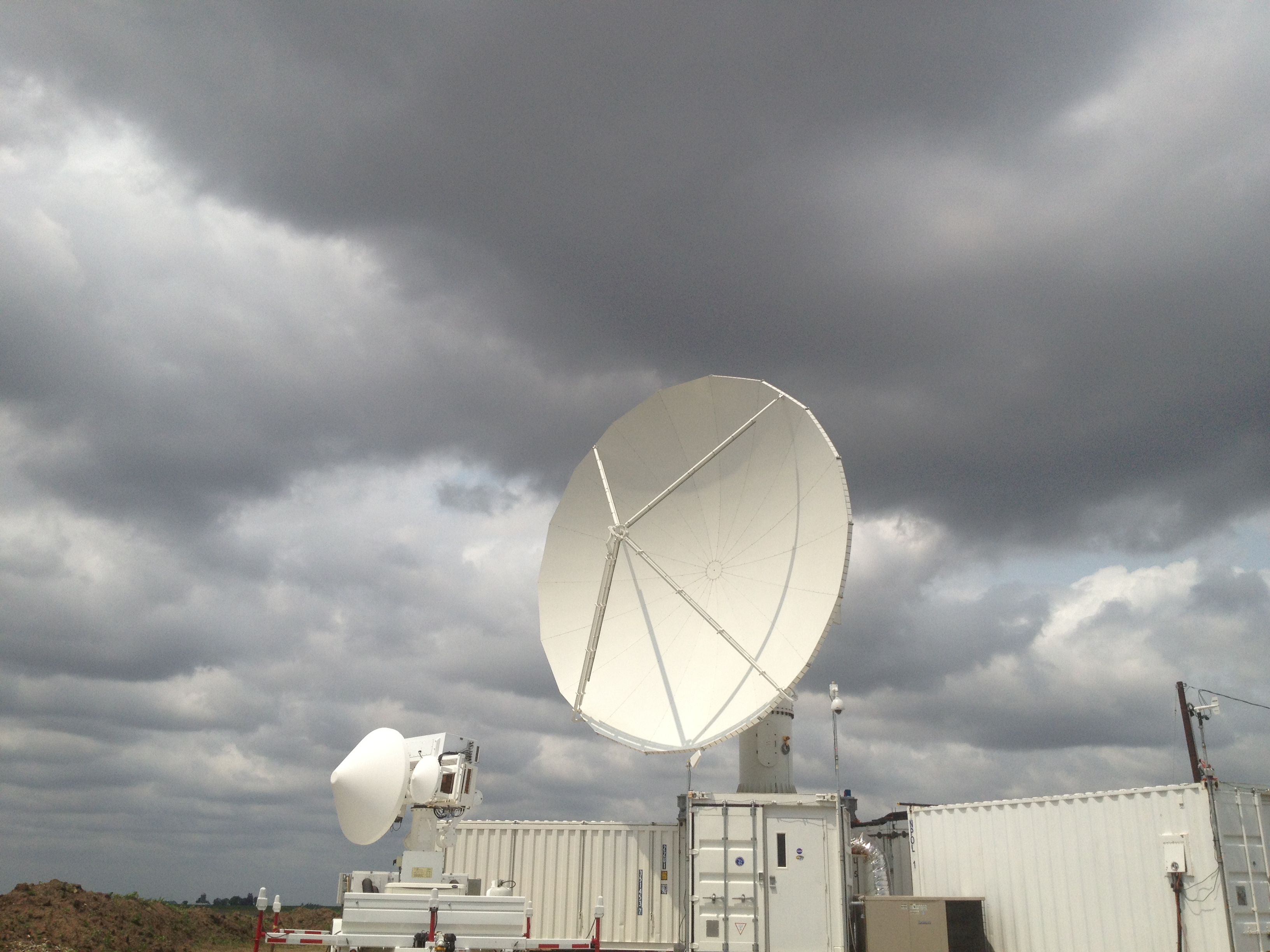
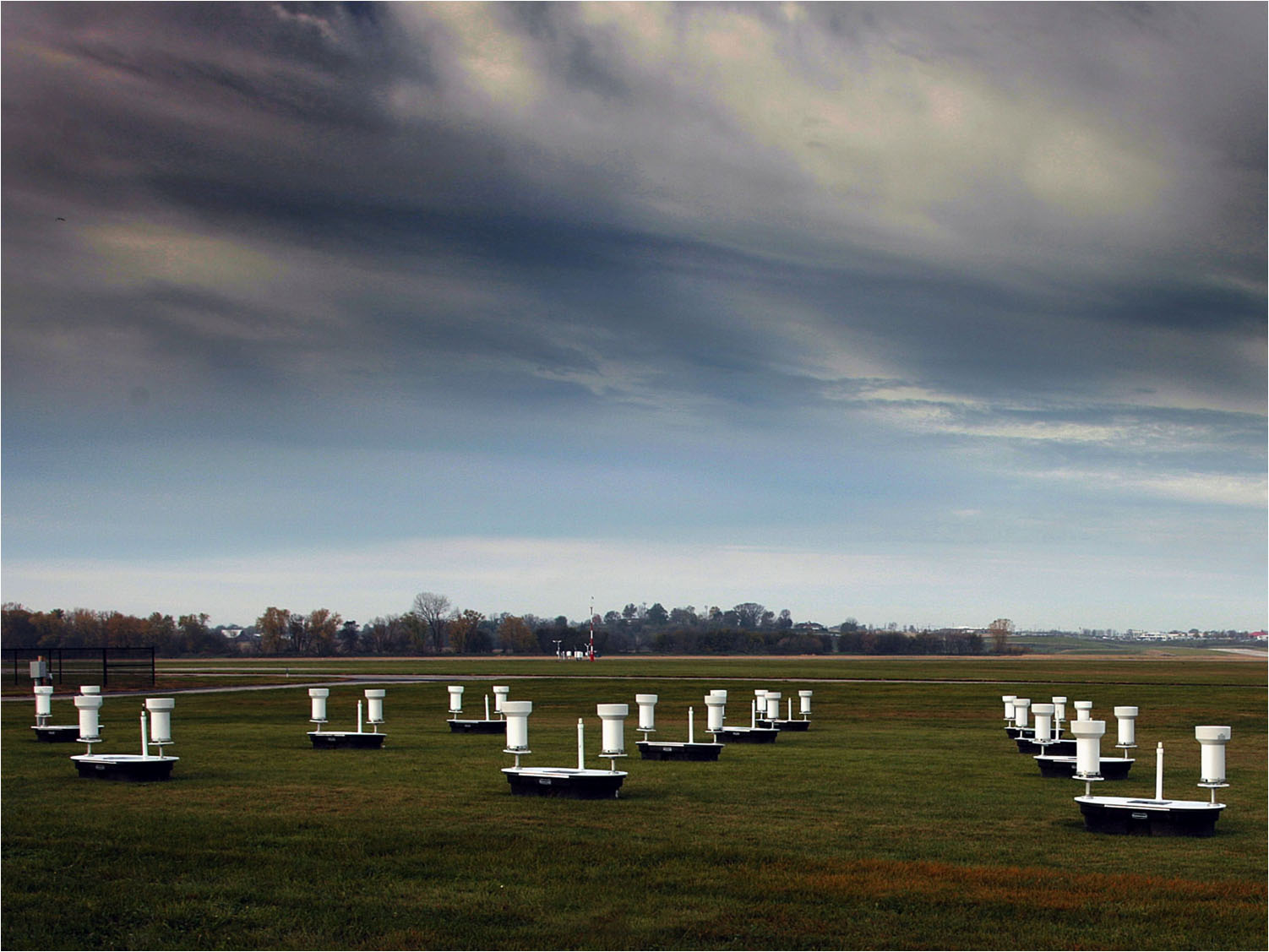
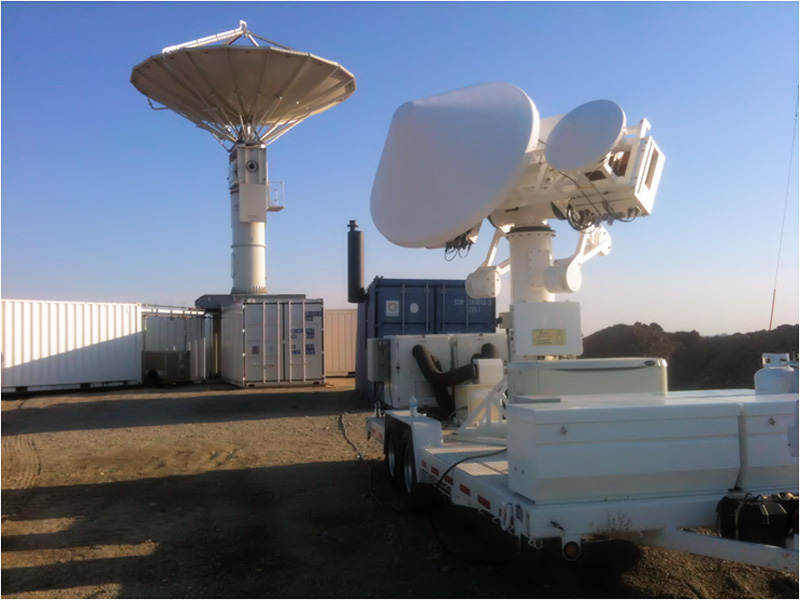
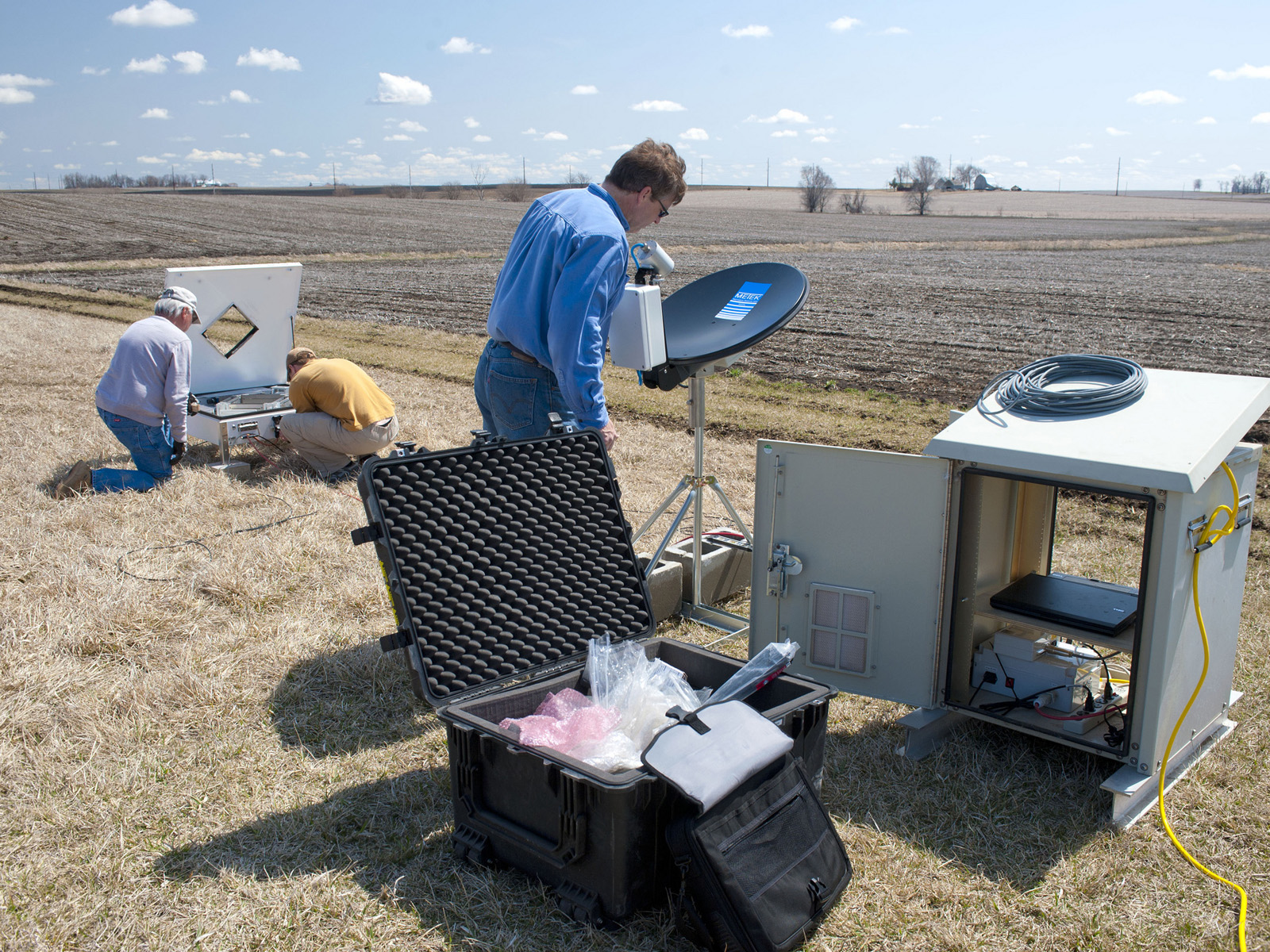

Logo for the 2013 IFloodS field campaign.
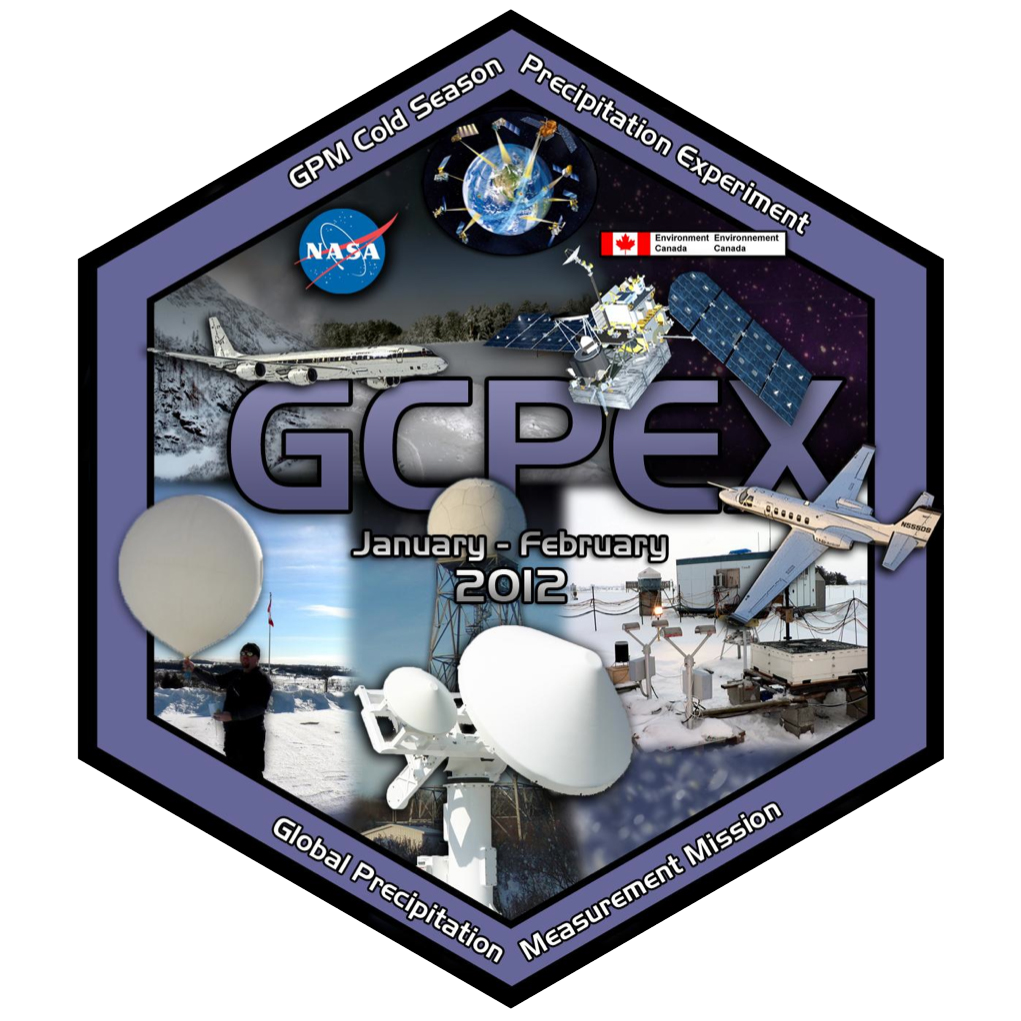
Logo for the GPM Cold-season Precipitation Experiment (GCPEx)
For six weeks in Ontario, Canada, scientists and engineers lead a field campaign to study the science and mechanics of falling snow. The datasets retrieved will be used to generate algorithms which translate what the GPM Core satellite "sees" into precipitation rates, including that of falling snow. Ground validation science manager Walt Petersen gives a summary of the GCPEx field campaign. Field campaigns are critical in improving satellite observations and precipitation measurements.
Video Text: